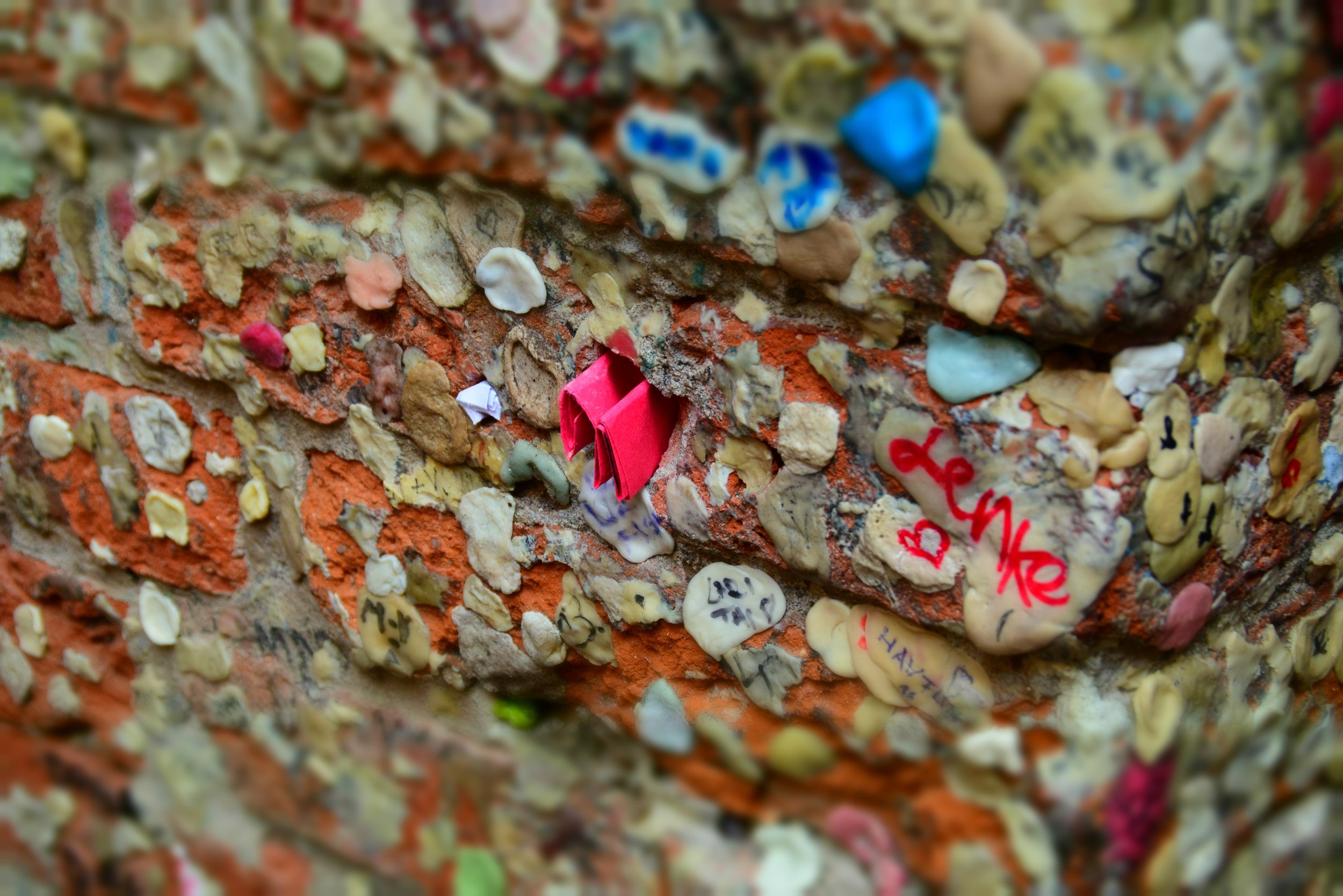The 10 Hidden Plastics You Didn’t Know About
Rita Steyn
We all know that plastic is bad – but what if I told you that plastic can be found in more things than you think? Hidden plastics are not immediately visible when looking at or using an object. It’s easy to see that a plastic bottle is made from plastic, but many things we use in our everyday life contain plastics that are more difficult to spot. Here I have compiled a list of the top 10 offenders. Read on to discover what items you might use that contain hidden plastics.
1. Coffee cups
People love coffee so much that 2.5 billion disposable cups are used every year in the UK. These paper cups are coated with a plastic lining to make them more waterproof, but they can’t be recycled because of this. Invest in a reusable coffee cup and you are likely to get a discount on every purchase! (And watch out for our coffee cup review on Wednesday for some handy tips on what options to go for)
2. Clothing
You might have read our articles last week, and know that synthetic clothing releases microfibers – especially if they are polyester blends. Try washing these clothes less, and airing them out to dry more – saving water, energy and the oceans! When buying new clothes, opt for more natural fibres, such as cotton, hemp, and bamboo. For some eco-friendly brands check out our article from last week.
3. Disposable Wet Wipes
Disposable wipes clog sewers and form congealed masses called fatbergs – GROSS! If you’ve never heard of a fatberg, Google that sh*t. Never flush wet wipes, face wipes, toilet wipes, even if they say they’re flushable... The solution? Ditch the wipes for a wash cloth, made from cotton or bamboo, instead (and look out for our reusable bamboo wipes review on the 21st June). Aging city sewer systems everywhere will thank you.
4. Tea Bags
Tea bags themselves may contain plastic, in order to help the bag retain its shape when placed in boiling water. You can check your favourite brand to see if they make their bags with normal plastic or not. Those brands claiming to be plastic free use soilon, a type of plastic made from polylactic acid (PLA) which can be put into your commercial compost bin. However, even these may come in a box with an inner plastic bag. Tonight’s product review looks at tea infusers that you can use with loose leaf tea - no plastic in sight!
5. Chewing Gum
Chewing gum manufacturers can claim trade secrecy for most of their ingredient list, but chewing gum is made with plastic. Most gum bases contain the same type of plastic found in plastic bottles and bags (polyethylene), whilst some even contain polyisobutylene, the same plastic used in tyres… Yummy. But do not fear. You don’t have to give up chewing gum just yet! Check out this article to find some 100% plastic free gum brands. An innovative company called GumDrop are recycling used gum into various products, including shoes, coffee cups, guitar picks and more! Look out for their bright pink gumdrop bins.
Chewing gum often contains the same type of plastic as tyres and bottles. Photo: Pixabay
6. Glitter
Glitter is made from sheets of plastic. So yes, you are dousing your face with microplastics. And you probably know how hard it is to get rid of it! Fabulous on the eyes, but forever in the seas. Make sure you’re not washing glitter down the drain when you remove it, or better yet check out Bioglitter Pure, the first 100% certified biodegradable and microplastic free glitter.
Glitter is a microplastic, that typically gets washed down the drain. Photo: Pixabay
7. Menstrual Products
Single use plastics are common in packaging, applicators, tampons and pads. If you are looking for ways to have a plastic free period, there are some helpful tips here. And watch out for our “Plastic Free Periods” article on the 20th June. If you’re thinking of investing in a menstrual cup, but aren’t quite sure, check out our fabulous Mooncup review on the same day.
8. Aluminium Cans
Just like the coffee cups we mentioned above, many cans are lined with a plastic resin to prevent a chemical reaction from occurring between the liquid and the metal of the can. Without that lining, the can could corrode in as little as three days. Luckily, this doesn’t stop them from being recyclable.
9. Cigarette Butts
Cigarette butts are the most littered item in the world, and are responsible for roughly 30-40% of all litter collected from coastal and urban cleanups. They’re commonly found on beaches, after being washed into drains and flowing out to sea. The filter portion of the cigarette itself contains plastic fibers, and what’s more, they leach toxic chemicals into the marine environment. So next time you go to stub out your cigarette with your shoe, why not put it in a proper ash tray or bin.
10. Sea Salt
An analysis of sea salt for microplastics by researchers revealed not only hidden plastics, but also a hidden plastics source: sea water itself. They discovered that 90% of the table salt brands sampled across the globe contained microplastics. Worried you might be consuming plastics from your food? Look out for our article tomorrow to find out more.
Table salt, harvested from seawater, has been found to contain plastic. Photo: Pixabay



